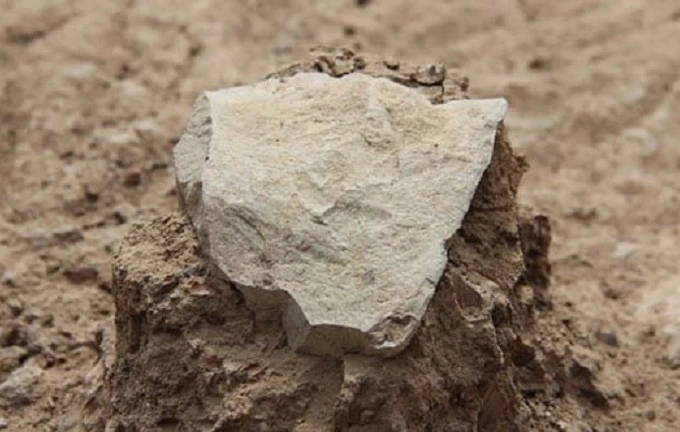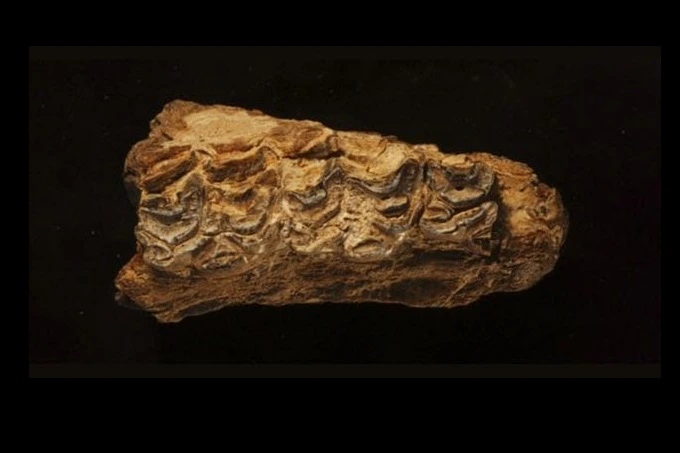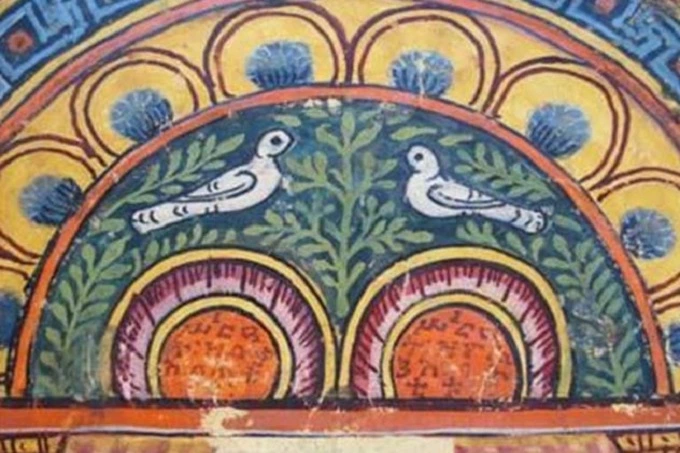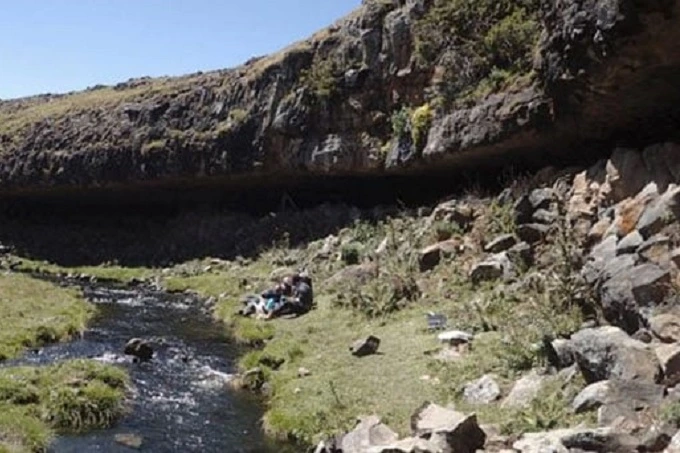What makes Ethiopia unique? 6 rare things from Ethiopia

The majority of the Horn of Africa is included inside Ethiopia’s borders. But it is just one of its many accomplishments that makes Ethiopia unique. The area has a long history and is home to several peculiar items. There are jackals that are really wolves, springs that are every hue of the rainbow, and magnetic miles that are one of a kind.
Ethiopia is home to a significant number of the world’s most ancient marvels. However, it also leads with innovative programs that combat contemporary issues such as the lack of water in Africa and the destruction of forests.
6 rare things from Ethiopia
1. Earliest evidence of human tools in Ethiopia

In 2003, a large number of archaeologists traveled to Gona, which is located in the Great Rift Valley of Ethiopia. They came upon a spectacular find: a collection of stone tools that dated back around 2.6 million years. At the time, this was the earliest evidence of human-made tools anywhere in the globe.
The items were made using the Oldowan method, which was a fashion that later grew popular in the eastern and southern parts of Africa before making its way to Europe. Sadly for Ethiopia, the Gona cache did not maintain its status as the oldest for an infinite amount of time. A collection of stone tools was discovered in Kenya in the year 2015. Due to the fact that they were 3.3 million years old, Ethiopia was effectively demoted to second position.
2. Unique Horses

The badlands of Ethiopia are very rich in fossils. In 2013, the area was responsible for the birth of an unidentified horse. Eurygnathohippus woldegabrieli was about the size of a tiny zebra, could run quite quickly, and lived around 4.4 million years ago.
Because the bones in its forelegs were more developed than those of previous horse species, the Eurygnathohippus was able to run faster than its predecessors. This was a fortunate circumstance because of the presence of saber-toothed cats in its area.
The horse’s own teeth were distinct from those of more ancient kinds as well. The erosion on the enamel led researchers to believe that Eurygnathohippus was the species that initiated the transition of horses into grazing animals. The fact that their teeth were worn down by grass, that they had longer legs, and that the badlands were grasslands at the period that they lived there are all indicators that they lived in savannas.
Because of their surroundings, horses were able to become even larger and more powerful. Eurygnathohippus provided important new information on the time period during which the animals underwent a transformation that ultimately resulted in the horses that we are familiar with today.
3. The first known illustrated example of a Christian artifact

In Ethiopia, the Garima Gospels are considered to be a holy text. According to one school of thought, its namesake, a monk by the name of Abba Garima, penned the whole book in a single day. Additionally, this occurred one day after he established the Garima Monastery in the country’s northernmost region.
Although the text was never seen outside of the monastery, its date of origin was speculated to be the 11th century. This did not make sense given that Abba Garima arrived in Ethiopia in the year AD 494.
Carbon dating in 2010 demonstrated that the “medieval” book was really much older. The goatskin pages were bound together between AD 330 and AD 640. This gave credence to the monk’s account and established the Gospels as the first books to be bound in a book format.
The text was written in an early Ethiopian language known as Ge’ez, which is an interesting fact; nonetheless, the illustrations made the work stand out. The newly discovered dates suggest that the Garima Gospels are a strong contender for the title of the first pictorial Christian item.
4. Obtaining water from the Atmosphere

In Ethiopia, access to water might vary from place to place. It takes rural people up to six hours to go to the next water source, costing them a combined 40 billion hours every year. The discovery of the priceless fluid is merely the first step. Most of the time, the sort that they locate is not fit for human consumption.
Philanthropists have been working on various high-tech initiatives in an effort to improve the situation. However, the majority of them are allowed to deteriorate since Ethiopia’s infrastructure is unable to cope with the difficult and costly upkeep that is necessary.
In 2014, architect Arturo Vittori came up with the answer, which was the Warka towers. The buildings, which were in the form of vases and were 9 meters (30 feet) tall, were given their name after a nearby tree. The inner mesh, which was comprised of biodegradable materials, was designed to capture dew and then collect it in a container located at the base of the structure.
During tests in the field, it was discovered that each tower has the capacity to collect 95 liters (25 gallons) of pure water each day from the surrounding air. The best part was that they were simple to put together and clean, and it didn’t take long for the villagers to figure out how to make and take care of them.
5. Jackals that evolved into wolves

In 2011, a group of academics traveled to Ethiopia in order to do field research on jackals. The golden jackal was the animal that they had in mind at the time. “Highland jackals” or “Egyptian jackals” were the names given to the ones that were seen roaming about in Ethiopia. It was believed that they belonged to an extremely uncommon subspecies of the actual golden jackal.
The researchers discovered as they were observing that each of the creatures had its own unique characteristics. They possessed a more delicate build and whiter fur than the others. DNA testing unearthed a startling piece of information. These animals in no way resembled jackals. The animals were linked to the gray wolf, and as a result, they were the only members of the so-called gray wolf complex that could be found in Africa.
It would indicate that the progenitors of gray wolves resided in Africa around three million years ago, and that this is the only branch of their family tree to have survived. In addition to determining the species’ conservation status, scientists are now advocating for the renaming of the Egyptian jackal, which may be changed to the “African wolf.”
The unfortunate situation is that farmers in Ethiopia are actively working to exterminate jackals, including the recently found wolf.
6. Earliest settlement found at a high altitude

Throughout the most recent ice age, rats ensured the continued existence of a unique society. A report published in 2019 detailed the journey that researchers took up the Bale Mountains located in Ethiopia. They were on their way to the ancient hamlet of Fincha Habera, which is situated 3,470 meters (11,380 feet) above sea level.
According to the conventional way of thinking, people only resided in high-altitude locations as the last resort, and even then, only for short periods of time, mostly because the air was so thin and the weather was so unpredictable. However, when the crew got to Fincha Habera, they learned that people had been there for extended periods of time, sometimes up to a year.
Unbelievably, the oldest date that could be assigned to soil samples or artifacts was 47,000 years ago. Because of this, the populace was forced to live through a particularly harsh time: the ice age. The Bale Mountains were covered with ice, and during the winter months, residents tended to relocate further down the mountain range.
Despite this, the settlement had some peculiar benefits. The plateaus did not have any ice on them, in contrast to the lower lowlands. Obsidian was available for use in the manufacture of tools. Huge mole rats were present everywhere, and they were the primary source of meat for the oldest population ever found living at a high altitude.




